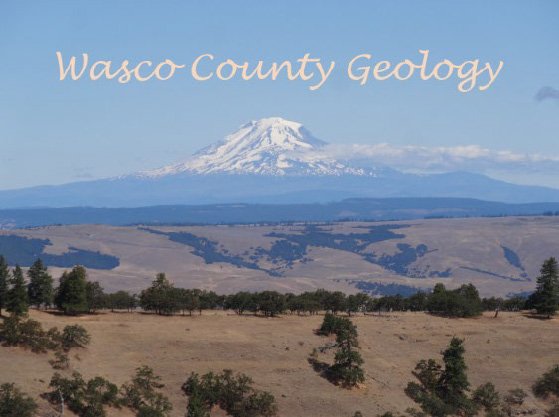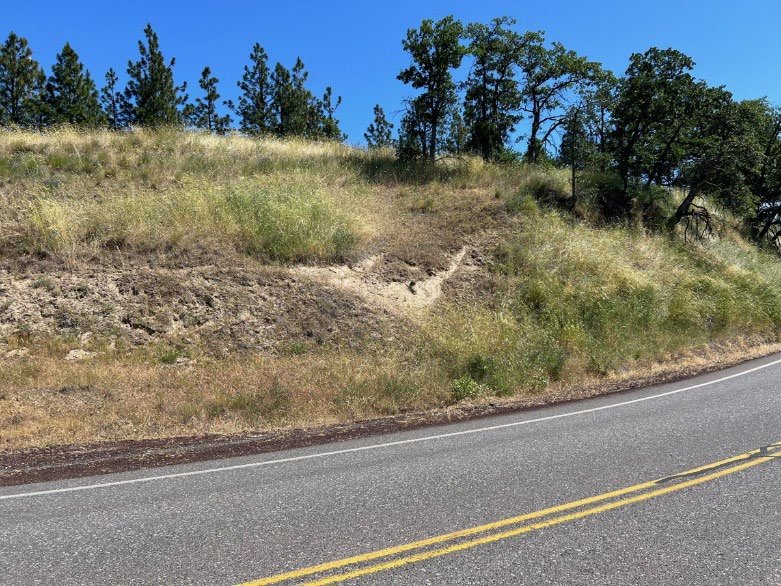Adriana Olvera, PSM Candidate
/At the end of last school year, I had made the decision to switch from Geology M.S. to Geology PSM program. I am still pursuing my masters in geology, but now through the Professional Science Masters (PSM). In the PSM program, two certificates must be completed, the two certificates that I am pursuing are an environmental geology certificate and an engineering geology certificate. I have gained a greater interest in mapping landslides and geotechnical engineering through this program.
Read More























































